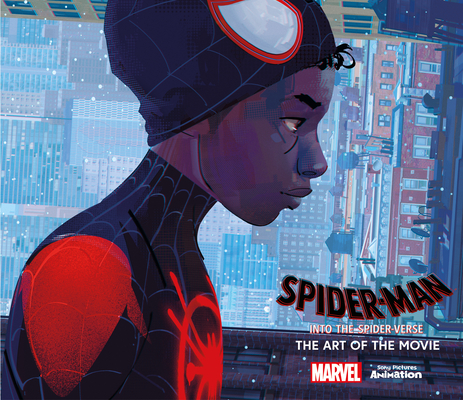



What's so wonderful about Bramesco's book, outside of a visually splendid layout that embraces the first word of that title with detailed color breakdowns of each palette, is how much it enhances the critical language of the average viewer. --Brian Tallerico, Editor of RogerEbert.com
*Honorable Mention, 2023 Foreword INDIE Book Award*









Torture porn, shock-for-shock's sake, violence that doesn't serve the plot, and characters you hate - what was going on in the 2000s in horror cinema? And why were audiences hungry for it? Millennial Nasties takes a critical but appreciative look at an oft-ignored subset of horror. This book dissects the English-language horror films of the 2000s and the cultural events they were responding to. Processing tragedy and war throughout the world, keeping pace with films from other countries, and swinging wildly away from the safe horror of the 1990s, the 2000s brought grisly kills and shocking gore to cinema audiences and home viewers. Films once dismissed as torture porn, their nasty slasher friends, and the remakes of this era have found a new home, and that home is a subgenre called Millennial Nasties.
Foreword by Zoë Rose Smith, founder and owner of Zobo With A Shotgun and EIC of Ghouls Magazine.

The in-depth look at the making of making of the most notorious film of all time, The Texas Chain Saw Massacre, written by its chainsaw wielding star, the beloved, Gunnar Hansen, is finally back in print!
When The Texas Chain Saw Massacre first hit movie screens in 1974 it was both reviled and championed. To critics, it was either a degrading, senseless misuse of film and time or an intelligent, absorbing and deeply disturbing horror film. However it was an immediate hit with audiences. Banned and celebrated, showcased at the Cannes film festival and included in the New York MoMA's collection, it has now come to be recognized widely as one of the greatest horror movies of all time.
A six-foot-four poet fresh out of grad school with limited acting experience, Gunnar Hansen played the masked, chain-saw-wielding Leatherface. His terrifying portrayal and the inventive work of the cast and crew would give the film the authentic power of nightmare, even while the gritty, grueling, and often dangerous independent production would test everyone involved, and lay the foundations for myths surrounding the film that endure even today.
In Chainsaw, Hansen here tells the real story of the making of the film, its release, and reception, offering unknown behind-the-scenes details, a harrowingly entertaining account of the adventures of low-budget filmmaking, illuminating insights on the film's enduring and influential place in the horror genre and our culture, and a thoughtful meditation on why we love to be scared in the first place.







In late November 1974, filmmaker Werner Herzog received a phone call from Paris delivering some terrible news. German film historian, mentor, and close friend Lotte Eisner was seriously ill and dying. Herzog was determined to prevent this and believed that an act of walking would keep Eisner from death. He took a jacket, a compass, and a duffel bag of the barest essentials, and wearing a pair of new boots, set off on a three-week pilgrimage from Munich to Paris through the deep chill and snowstorms of winter.
Of Walking in Ice is Herzog's beautifully written, much-admired, yet often-overlooked diary account of that journey. Herzog documents everything he saw and felt on his quest to his friend's bedside, from poetic descriptions of the frozen landscape and harsh weather conditions to the necessity of finding shelter in vacant or abandoned houses and the intense loneliness of his solo excursion.
Includes, for the first time, Werner Herzog's 1982 Tribute to Lotte Eisner upon her receipt of the Helmut K utner Prize